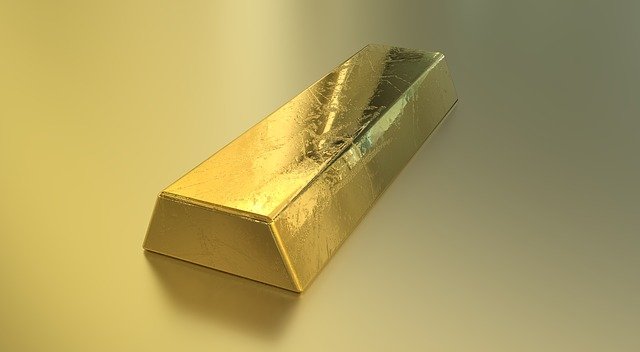NBFC Visit – 4 Ways Gold (Collateral) is Verified by Financial Companies


Our users often ask us how gold is verified by NBFCs?
And this is a very pertinent question. Recently, our team conducted an audit of an NBFC and carried out the process of verifying gold.
The purpose of this article is to help you understand the general gold purity verification process done by the NBFCs across the Industry.
Since we have bought assets backed by gold loan receivables on our platform, we think sharing insights on how gold ornaments are pledged and how they are verified by NBFCs will be beneficial to our users.
All the NBFCs normally have experienced gold valuers in each of their branches. These employees rely on a combination of tests and their judgement to determine gold quality.
They conduct various tests like the acid test, salt test, sound test, rub test, etc to determine the purity of gold ornaments.
Tests Done to Check the Purity of Gold
The following tests were employed.
1. Rub Test
This is an initial test where the valuer rubs a side of gold on a stone. When pure gold is rubbed on the stone, it draws a yellow line on the stone and the line is more golden yellow, in case of pure gold.
If the gold ornament has some other metal like copper silver etc is mixed, the line in the stone will be less golden in colour.
2. Nitric Acid Test and Salt Water Test
Pure gold does not react with Nitric Acid because it is resistant to the process of oxidation and corrosion. If the gold ornament has any impurity, it turns blackish and releases gas once it comes in contact with nitric acid.
In a standard process, the nitric acid is poured on the gold ornament and 10 seconds later, liquid black salt is poured on it to increase the intensity of the nitric acid. These two chemicals help the valuer detect any impurity in gold.
The video explaining the process is below:
If the gold ornament is thick and the valuer has a doubt about its authenticity, then that piece is filled with other metals. At times, a small piercing is made, using a filer. The acid is then poured inside to check whether the ornament has inner gold layer or not.
3. Sound Test
Gold has a unique and long clinging sound when dropped on a stone. The valuer identifies this by a sound test. This helps him/her realise if other metals are mixed in the ornament (indicating that the gold is fake).
You can hear the sound of pure gold in the video below:
